The Ultimate Vegetable Planting Guide Perth: Tips for Thriving Gardens
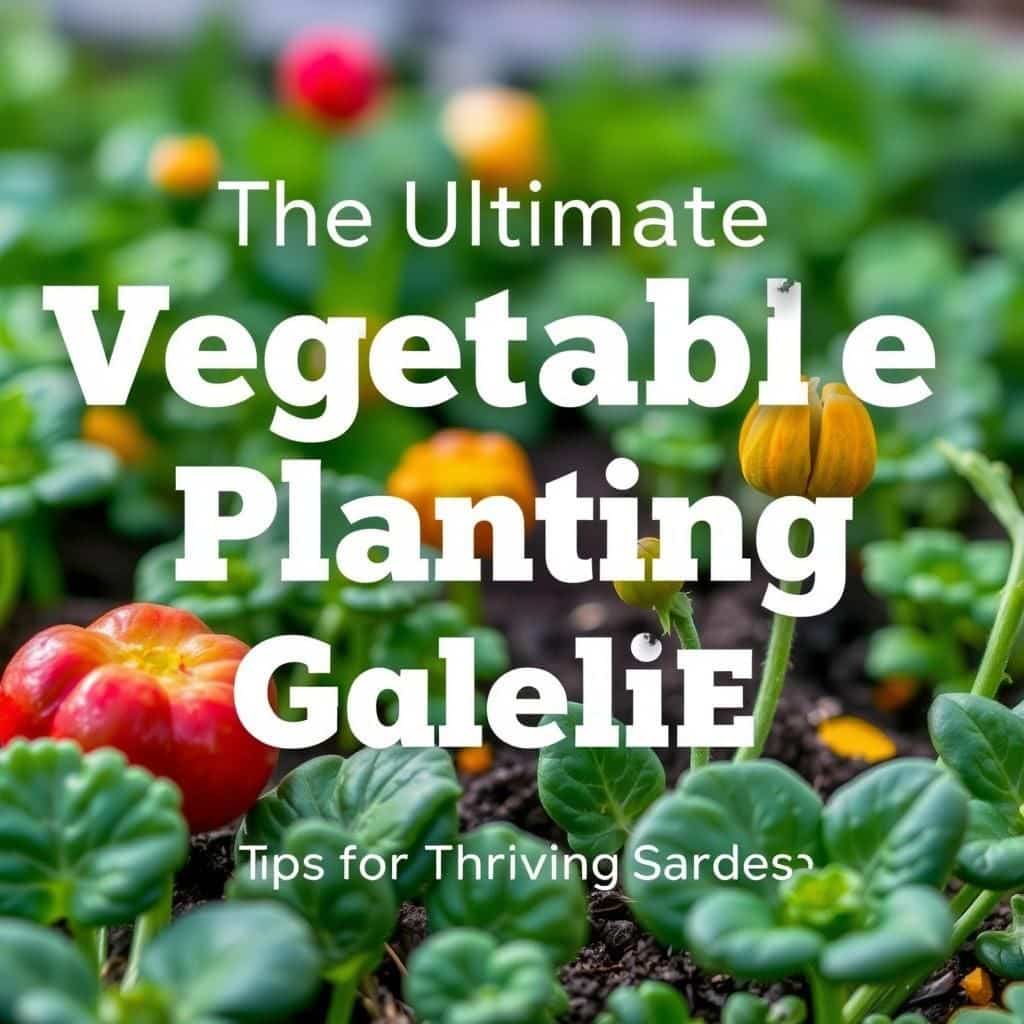
Perth's unique climate and soil conditions present both challenges and opportunities for home gardeners looking to cultivate vibrant vegetable gardens. This ultimate vegetable planting guide aims to equip you with essential tips and best practices to ensure your garden thrives throughout the seasons. From selecting the right vegetables suited for Perth's environment to understanding planting timings and maintenance techniques, this comprehensive resource will help both novice and experienced gardeners maximize their yields. Whether you're dreaming of a bountiful harvest or simply want to add fresh ingredients to your meals, let this guide be your go-to companion for successful vegetable gardening in Perth.
Essential Vegetable Planting Guide for Perth
In Perth, the subtropical climate and fertile soil provide an excellent foundation for growing a diverse range of vegetables. However, understanding the best planting times, ideal varieties, and cultivation techniques is essential to ensure a successful harvest. The planting season is typically broken down into cool and warm months, affecting what you can grow. By taking into account the local climate conditions, such as temperatures, rainfall patterns, and the length of the growing season, gardeners can optimize their planting schedules and select the right vegetable varieties that thrive in Perth. A detailed guide can help both novice and experienced gardeners in this region to make the most out of their gardening efforts.
Best Vegetables to Plant in Perth
When planting in Perth, choosing the right vegetables is crucial. Crops like tomatoes, capsicum, and zucchini are excellent choices for the warm months, while broccoli, carrots, and peas thrive during the cooler season. Additionally, leafy greens such as spinach and kale are versatile and can be planted in both seasons. Understanding which vegetables are suited to Perth’s climate can help maximize garden productivity throughout the year.
Optimal Planting Times for Vegetables
Timing is key in vegetable gardening. In Perth, spring (September to November) is ideal for sowing warm-season vegetables like eggplants and sweet corn. For cooler crops like onions and lettuce, late summer to autumn (February to April) works well. By adhering to these timelines, gardeners can ensure that their plants germinate and grow at the appropriate temperatures, enhancing the chance of a robust harvest.
Soil Preparation and Fertilization
Preparing the soil is a critical step in vegetable gardening. Perth’s soil sometimes requires amendments to improve drainage and nutrient content. Incorporating organic matter, such as compost or well-rotted manure, not only enriches the soil but also promotes healthy root development. It's advisable to test the soil pH and nutrient levels to determine appropriate fertilization techniques, ensuring that plants receive the nourishment they need to flourish.
Pest Management Strategies
Managing pest populations is vital for maintaining a healthy vegetable garden. In Perth, common pests like aphids, caterpillars, and snails can affect crop yields. Using environmentally friendly pest control methods, such as introducing beneficial insects like ladybugs or applying organic pesticides, can help keep these pests in check. Additionally, regular monitoring and maintaining good garden hygiene can significantly reduce pest infestations.
Watering and Irrigation Techniques
Efficient watering is essential for the health of vegetable plants. In Perth, the climate can lead to dry conditions, making consistent moisture important. Drip irrigation or soaker hoses can be effective methods to deliver adequate water directly to the roots, minimizing evaporation. Moreover, watering early in the morning or late in the afternoon can help reduce water loss and ensure that plants receive sufficient hydration during the hottest parts of the day.
| Vegetable | Planting Season | Days to Maturity |
|---|---|---|
| Tomato | Spring | 70-100 days |
| Broccoli | Cool months | 60-90 days |
| Zucchini | Spring-Summer | 40-60 days |
| Spinach | Cool Warm | 30-45 days |
| Capsicum | Spring | 80-90 days |
What vegetables to plant now in Perth?

Perth, located in Western Australia, has a Mediterranean climate, characterized by hot, dry summers and mild, wet winters. The best time to plant vegetables in Perth varies throughout the year, but during the spring and autumn months, you can cultivate a wide variety of vegetables that thrive in this climate. Here’s a detailed look at what you can plant right now in Perth.
Best Vegetables for Spring Planting
In the spring months, which generally span from September to November, the weather begins to warm up, making it an ideal time for planting. Some recommended vegetables include:
- Tomatoes: These thrive in warm weather and can be planted easily from seedlings.
- Capsicum (Bell peppers): Another warm-season crop, they flourish with plenty of sunlight.
- Eggplants: Like tomatoes, they prefer the heat and are perfect for planting in spring.
Vegetables for Autumn Planting
As the temperatures begin to cool down from March to May, it's a great time to plant autumn vegetables that can withstand lower temperatures. Some effective choices include:
- Broccoli: This nutritious vegetable does well in cooler temperatures and can be harvested in winter.
- Cauliflower: Similar to broccoli, it needs a longer growing season and is ideal for autumn planting.
- Spinach: A leafy green that thrives in cooler weather and can be harvested multiple times.
Herbs to Consider Planting Now
Herbs are a valuable addition to any garden and can be planted throughout the seasons in Perth. Consider these for planting:
- Basil: Best when planted from late spring to summer, it enjoys the warm weather.
- Parsley: A hardy herb that can grow well in cooler weather, making it good for both spring and autumn planting.
- Coriander: Prefers cooler temperatures and can also be planted now for a quick harvest.
Soil Preparation Tips
Proper soil preparation is crucial for the success of your vegetable garden. Follow these tips for optimal growth:
- Soil Testing: Conduct a soil test to determine nutrient levels and pH, ensuring optimal conditions for planting.
- Adding Organic Matter: Enrich the soil by incorporating compost or well-rotted manure to improve fertility.
- Mulching: Use mulch to retain moisture and suppress weeds as vegetables start to grow.
Pest and Disease Management
Managing pests and diseases is key to a successful vegetable garden. Here are some strategies to keep in mind:
See also:
- Regular Monitoring: Check your plants frequently for signs of pests or disease.
- Natural Predators: Encourage the presence of beneficial insects like ladybugs, which feed on aphids.
- Organic Pesticides: Use environmentally friendly pesticides as a last resort to control infestations.
In what order should you plant a vegetable garden?
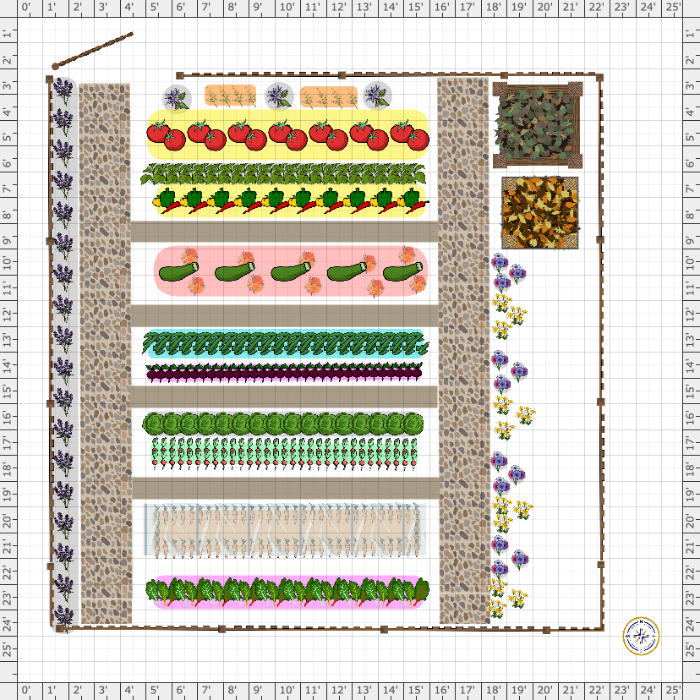
To successfully plant a vegetable garden, it is essential to follow a systematic approach that takes into consideration the growing conditions, compatibility of plants, and seasonal changes. Here’s a detailed order in which you should plant your vegetable garden:
1. Plan Your Garden Layout: Before planting, sketch out the layout of your garden to determine which vegetables will go where based on their light and space requirements.
2. Prepare the Soil: Test the soil pH and nutrient levels. Amend the soil as necessary by adding compost or fertilizers to create a nutrient-rich environment for your plants.
3. Choose the Right Time: Different vegetables have different planting times. Make sure to check the growing season for each vegetable and plant accordingly.
4. Start with Cool-Weather Crops: Begin by planting cool-season crops early in the spring. These typically include peas, lettuce, spinach, and radishes.
5. Transition to Warm-Weather Crops: Once the risk of frost has passed, plant warm-season crops such as tomatoes, peppers, cucumbers, and squash.
6. Planting Sequence: Consider staggered planting for continuous harvest. This involves planting in intervals rather than all at once, especially for quick-growing crops.
Understanding Planting Seasons
Understanding the planting seasons is crucial for successful vegetable gardening. Each vegetable has specific times during the year when it thrives best.
- Early Spring: This is when you plant cool-season crops.
- Late Spring: Time to switch to warm-season crops after frost danger minimizes.
- Late Summer/Fall: Consider planting a second crop of cool-weather veggies.
Soil Preparation Techniques
Soil preparation directly affects garden success. Proper preparation involves both physical and chemical amendments to improve structure and nutrient content.
- Test Soil: Use a home testing kit to determine soil pH and nutrient deficiencies.
- Amendments: Add organic matter like compost or well-rotted manure.
- Tilling: Turn the soil to a depth of at least 12 inches to aerate and mix in amendments.
Crop Compatibility and Companionship
Choosing compatible crops can enhance growth, decrease pests, and maximize space. Companion planting is a technique that involves grouping plants that benefit each other.
- Tomatoes and Basil: Tomatoes thrive when planted with basil.
- Carrots and Onions: These two repel pests from each other.
- Cucumbers and Radishes: Radishes can help deter cucumber pests.
Planting Techniques for Seeds and Seedlings
Different techniques exist for planting seeds and seedlings. Learning these methods helps ensure proper growth and development.
- Direct Seeding: Sow seeds directly into the garden bed according to depth specifications.
- Transplanting: For seedlings, plant them at the same depth they were growing in their containers.
- Spacing: Adequately space plants based on their mature size for optimal growth.
Watering and Maintenance After Planting
After planting, maintaining moisture and promoting healthy growth is essential. Different vegetables have varying water requirements.
- Watering Schedule: Implement a consistent watering schedule, keeping the soil moist but not soggy.
- Mulching: Apply mulch to conserve moisture and suppress weeds.
- Monitoring Growth: Regularly check for signs of diseases or pests and address them immediately.
How to start a vegetable garden in Perth?
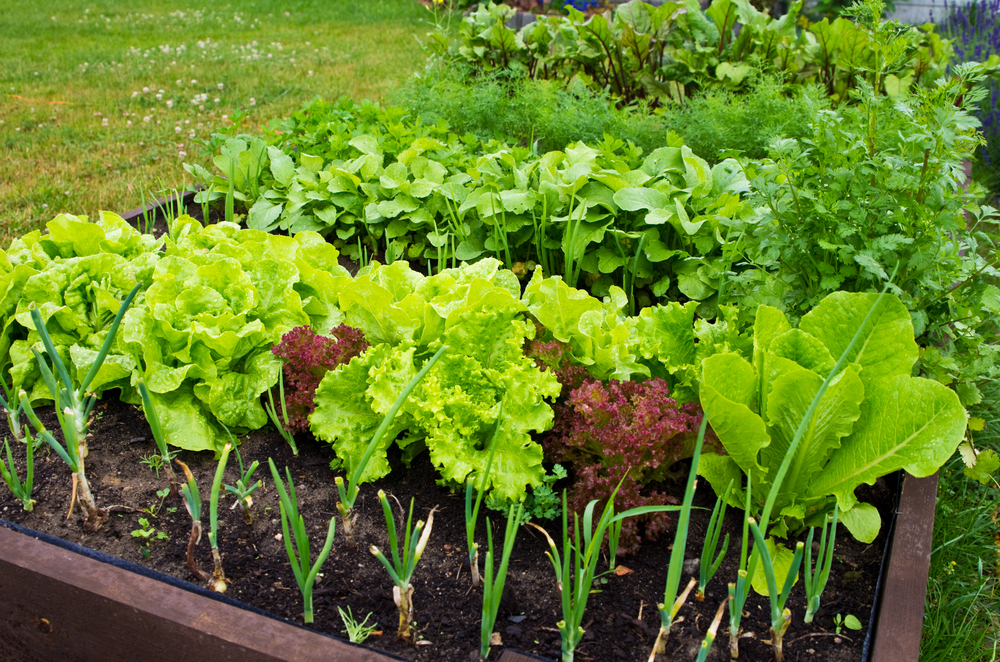

To start a vegetable garden in Perth, you should consider several important factors such as the climate, soil type, and the specific vegetables you want to grow. Perth has a Mediterranean climate with hot, dry summers and mild, wet winters. This climate impacts the best times to plant and the types of vegetables that can thrive. Here is a detailed guide to help you get started.
Understanding the Climate
Perth’s climate plays a crucial role in determining what vegetables you can grow and when to plant them. Understanding local seasons is essential for a successful garden.
- Summer (December to February): Ideal for heat-loving vegetables like tomatoes, eggplants, and peppers.
- Autumn (March to May): Great for leafy greens, carrots, and radishes as temperatures begin to cool.
- Winter (June to August): Suitable for growing garlic, onions, and broad beans that prefer cooler temperatures.
Choosing the Right Location
Selecting an appropriate spot for your vegetable garden is vital to ensure your plants receive adequate sunlight and protection from harsh weather conditions.
- Sunlight exposure: Aim for a location that receives at least 6-8 hours of sunlight daily.
- Wind protection: Consider planting near a wall or fence that can shield plants from strong winds.
- Accessibility: Choose a site that is easily accessible for watering, weeding, and harvesting.
Preparing the Soil
Soil quality significantly affects plant growth. It’s essential to prepare the soil properly to provide your vegetables with the nutrients they need.
- Testing soil pH: Use a soil test kit to determine if your soil is acidic, neutral, or alkaline.
- Ammending soil: Add organic matter like compost or well-rotted manure to enrich the soil.
- Tilling soil: Loosen the soil by tilling to improve aeration and root penetration.
Selecting Vegetables to Grow
Picking the right vegetables for your garden based on Perth’s climate will lead to a bountiful harvest.
- Seasonal vegetables: Choose vegetables suited for the respective planting season for optimal growth.
- Space requirements: Consider the spacing needs of the vegetables to avoid overcrowding.
- Pest resistance: Look for varieties that are known to be resistant to common pests in the region.
Implementing Crop Rotation
Crop rotation is vital for maintaining soil health and reducing pest problems over time. Following a systematic planting schedule helps manage soil nutrients better.
- Alternating families: Rotate vegetables from different families to prevent soil depletion and pest buildup.
- Planning schedule: Create a rotation plan that outlines what to plant each season for several years.
- Monitoring soil health: Keep track of soil quality and adjust amendments as necessary to maintain fertility.
What vegetables can and cannot be planted next to each other?
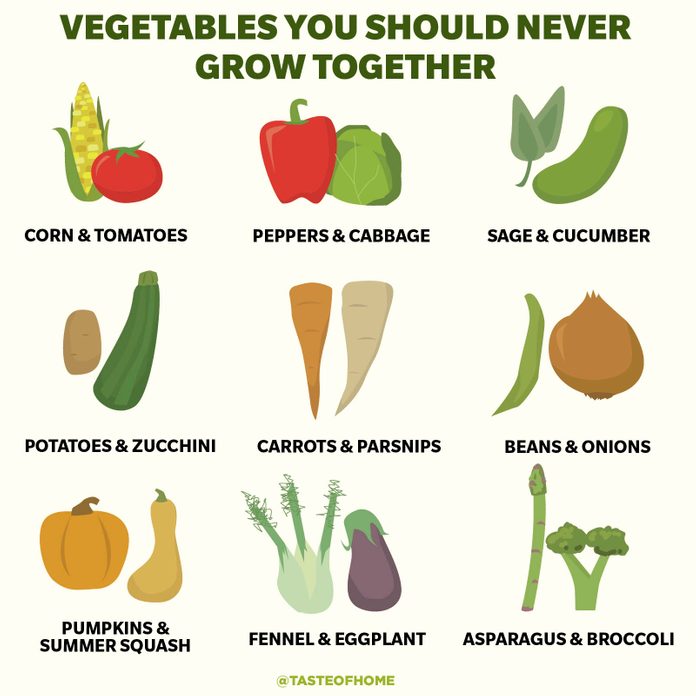
Companion Planting Basics
Companion planting involves placing different plants in close proximity for mutual benefits. The main purposes of companion planting include pest control, pollination enhancement, and leveraging nutrient uptake from the soil. Certain vegetables, when grown together, can lead to a more productive garden. Important factors that influence the success of companion planting include:
- Growth habits: Some plants may overshadow others or compete for light.
- Nutrient needs: Different vegetables have varying requirements for nutrients.
- Pest and disease interactions: Certain plants can repel pests that target nearby crops.
Vegetables that Grow Well Together
Certain vegetables thrive when planted next to each other due to complementary growth habits and needs. For example, Tomatoes and Basil are a popular pairing. Basil enhances the flavor of tomatoes and can deter insects. Other beneficial combinations include:
- Carrots and Onions: Onions repel carrot flies, while carrots do not compete much for nutrients.
- Beans and Corn: Beans fix nitrogen in the soil, aiding corn growth.
- Peppers and Eggplants: Both are nightshades, sharing similar care requirements.
Vegetables to Avoid Planting Together
Some vegetables should not be planted near each other as they may negatively affect growth or flavor. For instance, Potatoes and Tomatoes can be susceptible to the same diseases, increasing risk for both. Other combinations to avoid include:
- Onions and Beans: Onions can inhibit bean growth.
- Carrots and Celery: Both plants can compete for resources and attract similar pests.
- Eggplants and Peppers: Although similar, if diseases hit one, they may affect the other.
Benefits of Companion Planting
Companion planting offers several advantages that contribute to a healthier garden ecosystem. By strategically placing vegetables together, gardeners can enjoy:
- Pest Control: Some plants naturally repel harmful insects.
- Improved Soil Fertility: Certain plants can increase nutrient availability, benefiting their neighbors.
- Enhanced Growth: Plants that support each other's growth can lead to higher yields.
When to Implement Companion Planting
Timing is crucial when practicing companion planting. Gardeners should consider:
- Growing Seasons: Understand the ideal growing season for each vegetable.
- Plant Maturity: Consider how quickly each plant reaches maturity and harvest.
- Climate Conditions: Temperature and weather patterns may affect combinations' success.
Questions from Our Readers
What vegetables can I plant in Perth during spring?
In Perth, spring is an excellent time to plant a variety of vegetables. You can successfully grow tomatoes, cucumbers, beans, and zucchini during this season. Ensure that you choose disease-resistant varieties for better yields and to cope with the local climate.
How often should I water my vegetable garden in Perth?
In Perth's warm climate, it's recommended to water your vegetable garden deeply but less frequently, ideally every 2-3 days during the hotter months. This method encourages root development and helps prevent disease caused by overwatering.
See also: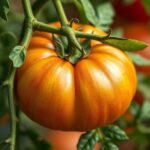
What is the best soil type for vegetable planting in Perth?
The ideal soil for growing vegetables in Perth is well-draining sandy loam that is rich in organic matter. Adding compost or well-rotted manure can improve soil fertility and structure, providing your plants with the necessary nutrients for healthy growth.
When is the best time to plant winter vegetables in Perth?
The best time to plant winter vegetables in Perth is during late autumn to early winter, around April to June. This timing helps ensure that crops like broccoli, cauliflower, and carrots will have ample time to grow before the colder months set in, promoting a successful harvest.

If you want to read more articles like The Ultimate Vegetable Planting Guide Perth: Tips for Thriving Gardens, we recommend you check out our Gardeners category.
Leave a Reply
Related Articles